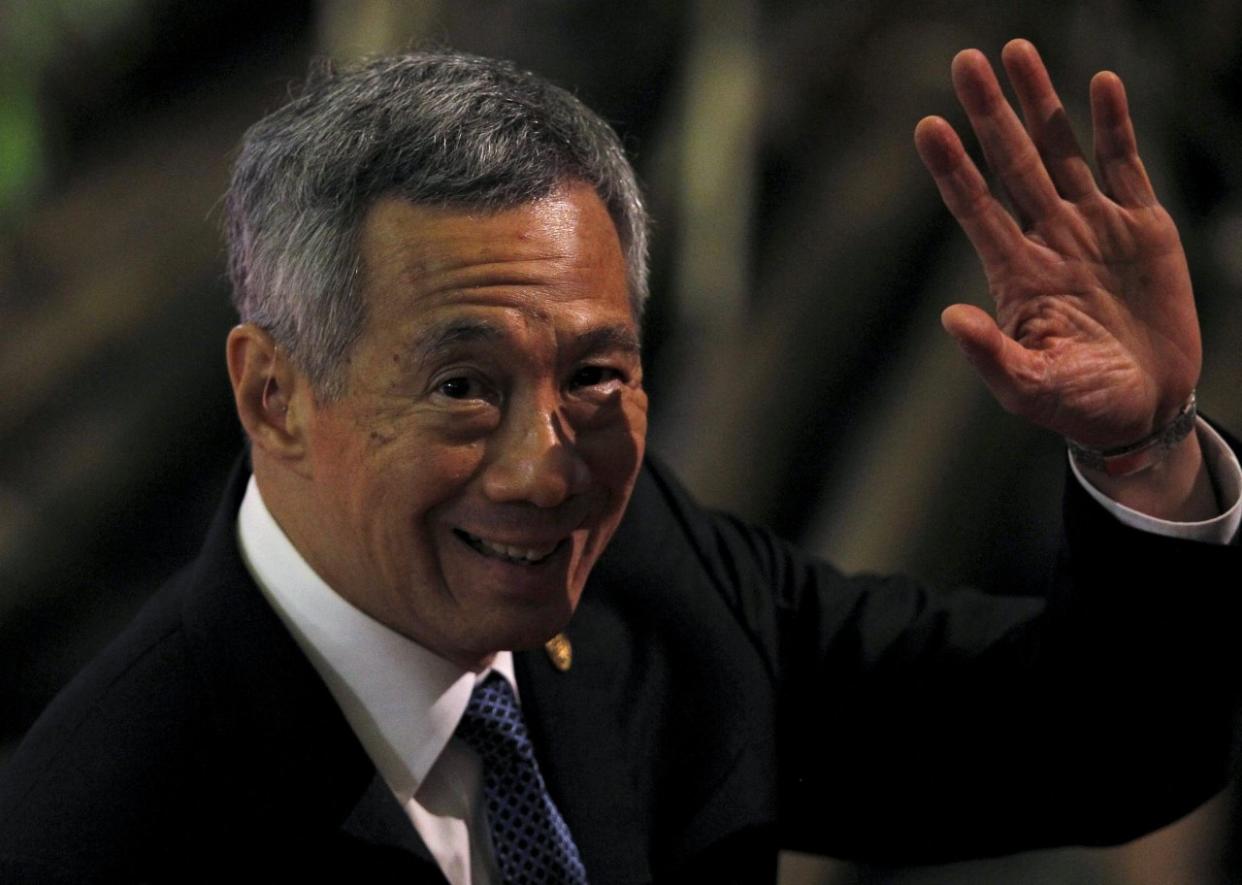NCMP, GRC schemes to be revised, elected presidency to be reviewed: PM Lee

Prime Minister Lee Hsien Loong. Yahoo Singapore file photo
From the next General Election, the minimum number of opposition Members of Parliament, including Non-Constituency Members of Parliament (NCMPs), will be increased from nine to 12, while the average size of Group Representation Constituencies (GRC) will be reduced.
The Constitution will also be amended to give NCMPs the same voting rights as constituency MPs. This means they will be able to vote on matters such as constitutional changes and votes of no confidence in the Government, and removing a President from office.
Separately, the qualifying criteria for candidates to run for the Elected Presidency will also be reviewed. Another area for review will be on how to ensure minority presidential candidates can be elected periodically.
In his speech to Parliament on Wednesday (27 Jan), Prime Minister Lee Hsien Loong said the presence of NCMPs ensures that opposition voices are always represented in Parliament.
And given that at least three in 10 voters vote against the government in any election, ensuring a minimum of 12 opposition MPs in a House of about 100 members is “reasonable”. With the coming changes, Lee added, “There will be no reason at all to perceive NCMPs as second-class.”
While the opposition often says it has too few MPs in the House to put up a stronger showing, Lee labeled this an “excuse”, given that the opposition’s impact depends more on the quality of opposition MPs and arguments than their number.
Nevertheless, said Lee, the government will in effect be aiding the opposition, giving their best losers more exposure and possibly building them for the next general election. “But I believe that in this phase of our political evolution this will be good for the government, good for Singapore,” said Lee.
Lee also addressed the GRC scheme, which was introduced in 1988 to ensure a minimum number of minority race MPs in Parliament, saying it has worked well, pushing parties to be more multi-racial in their approach to elections.
But Lee added that it is a question of balance: how many GRCs should there be versus the number of Single-Member Constituencies? And how big should the GRCs be, given that “bigger GRCs benefit from having an anchor Minister and better economies of scale in GRC-wide programmes and activities”?
Noting that smaller GRCs and more SMCs were created for the last two elections, Lee said that when he appoints the Electoral Boundaries Review Committee for the next GE, he will instruct it to reduce the average size of GRCs further and to create more SMCs.
Lee also said that it is timely to review specific aspects of the elected presidency (EP). A Constitutional Commission will be appointed to study the issues of the eligibility criteria of presidential candidates, the strengthening of the Council of Presidential Advisors (CPA) and ensuring minority Presidents periodically.
Lee noted that the EP had been instituted in 1990 as a stabiliser in the political system and a “major innovation”.
The President exercises custodial powers over the spending of past reserves, and key appointments in the public service. He is assisted and advised by the CPA.
By design, the President has no executive, policy-making role. “In the last Presidential Election, however, many people did not understand this,” said Lee, adding that some candidates had campaigned as if they were going to form an alternative Government.
Lee said the President and CPA play the role of “a goalkeeper together with a team of defenders”. As these two institutions have established themselves, he said it is time to consider if the CPA’s advice should count for more in the decisions made by the President.
Depending on the Constitutional Commission’s recommendations and the Government’s response to them, any legislation that may be necessary will be tabled within this year.


